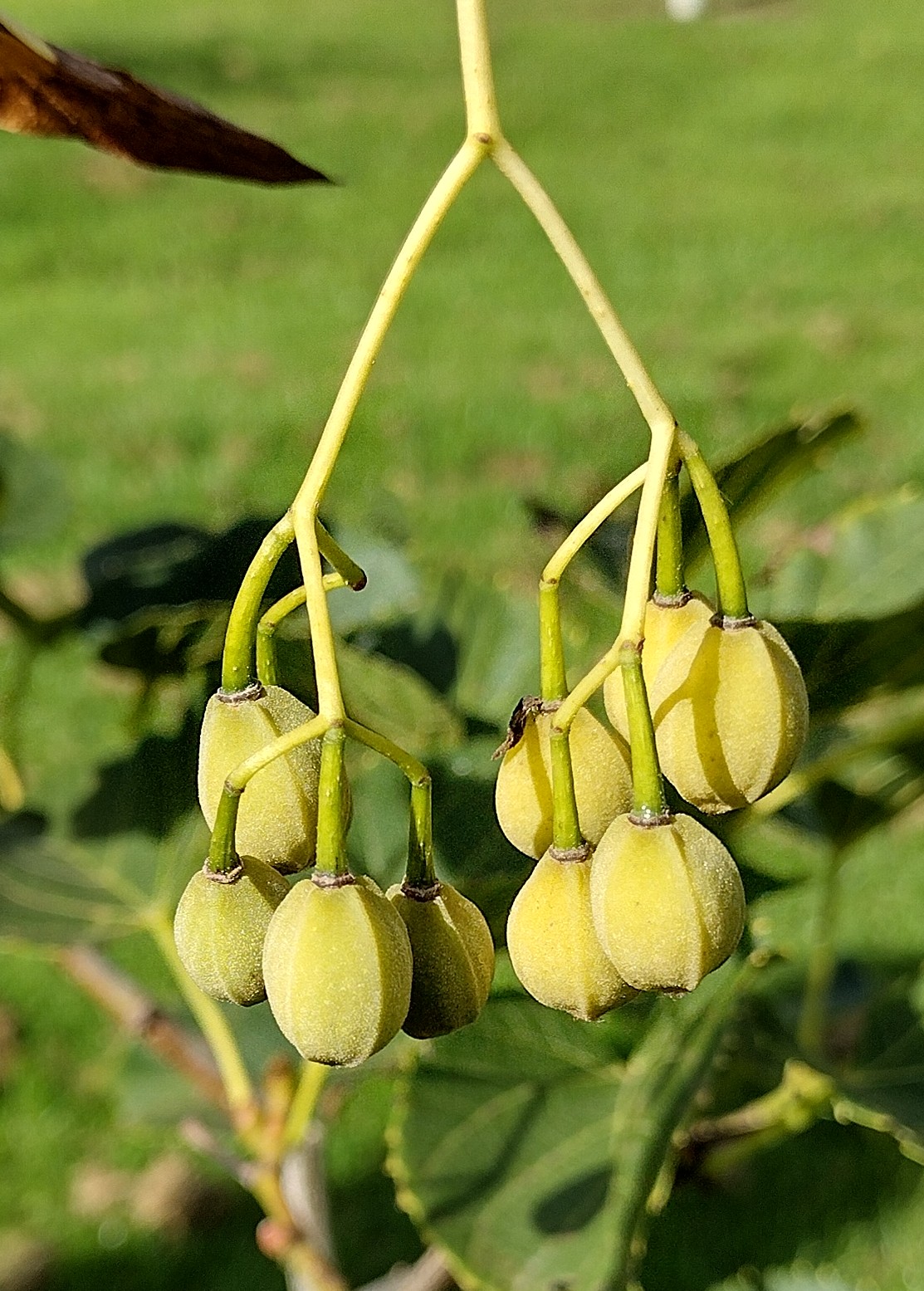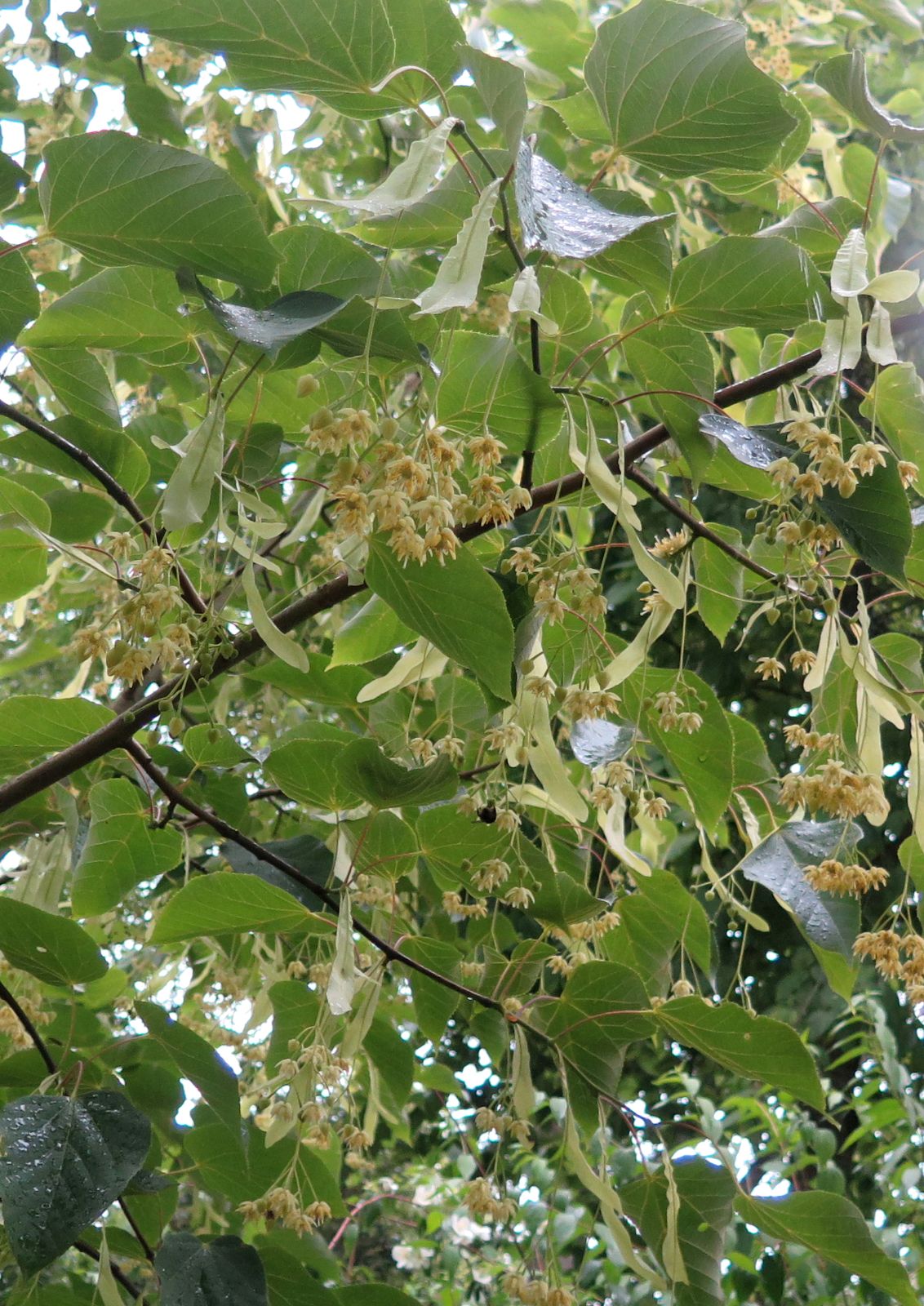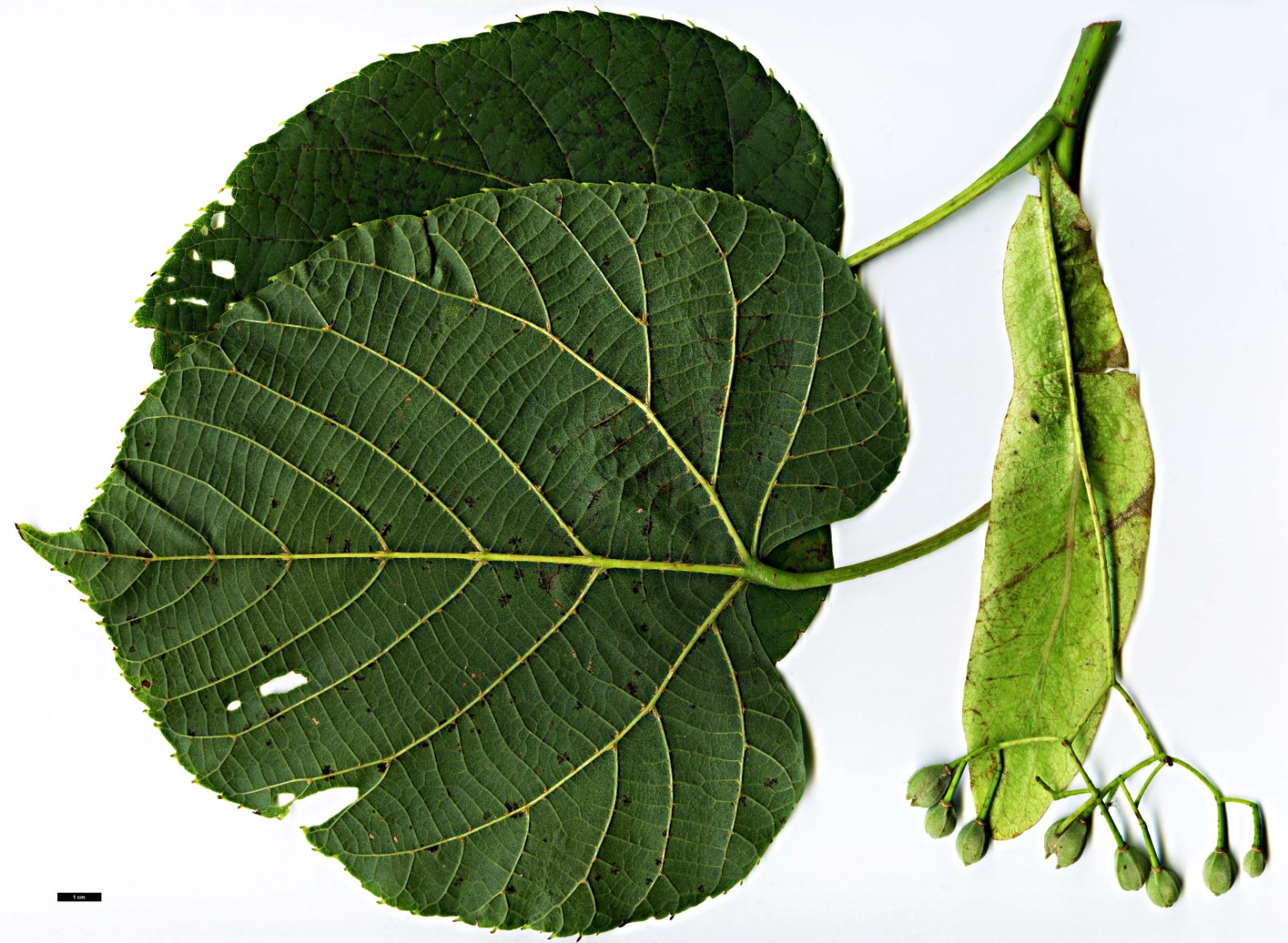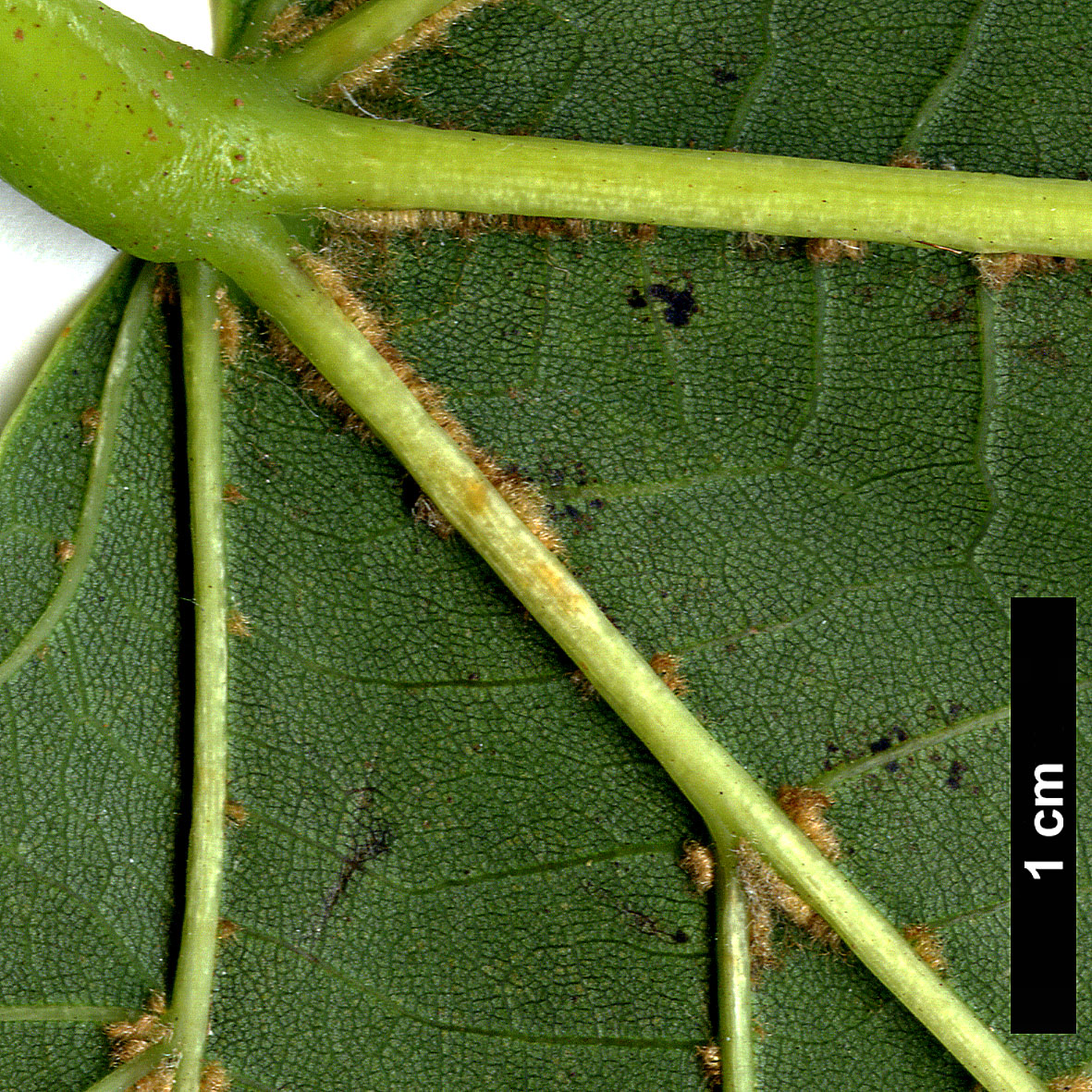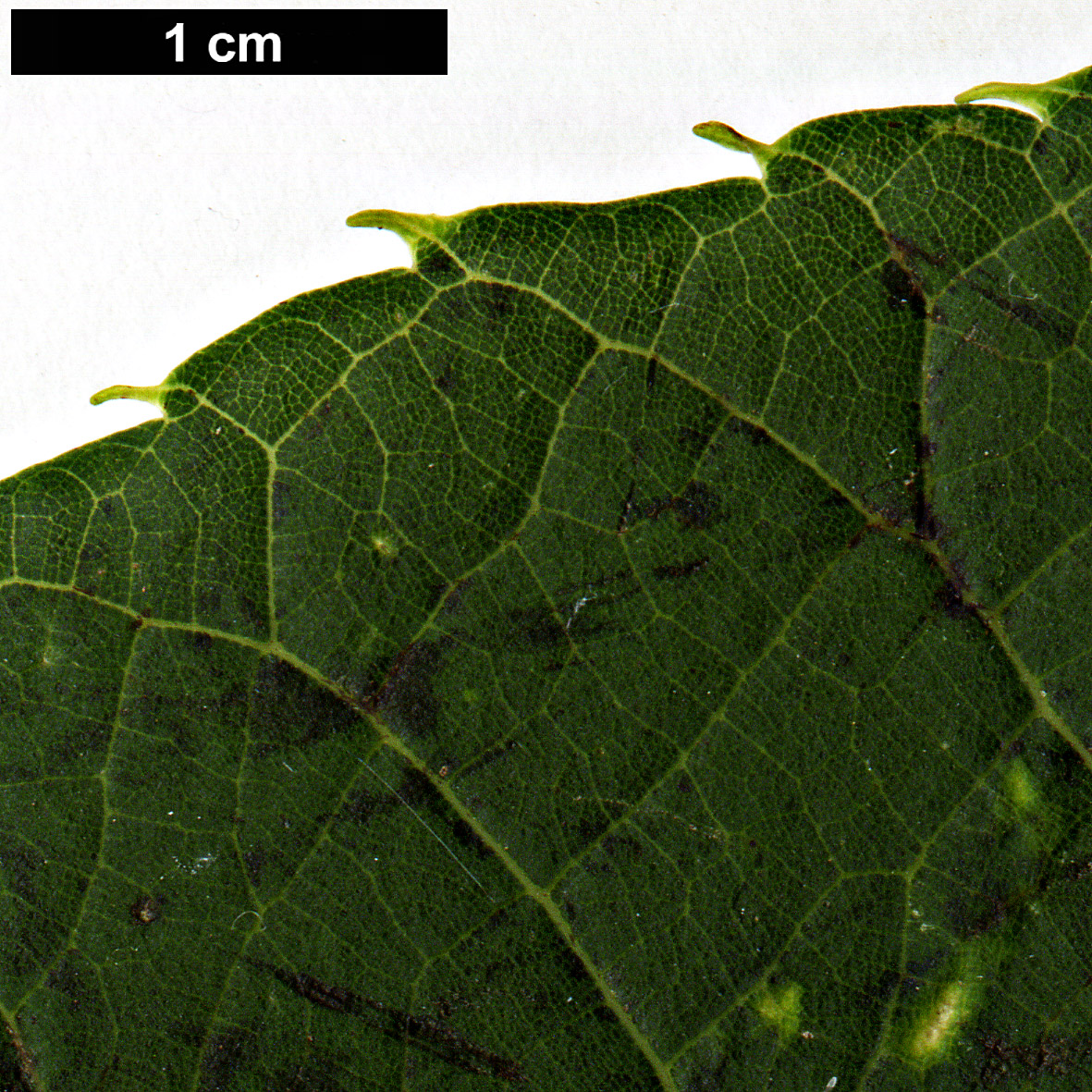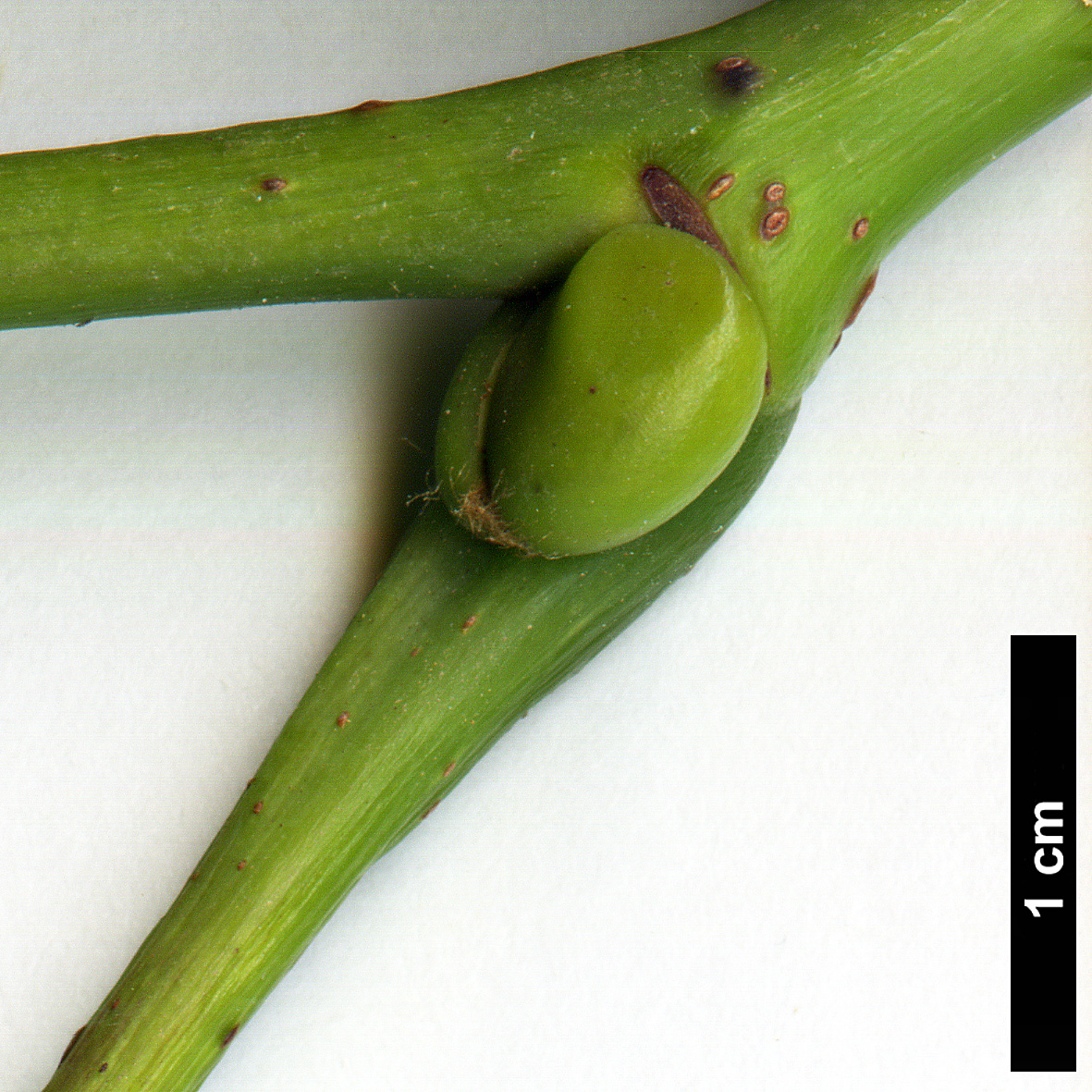Tilia nobilis
Sponsor
Kindly sponsored by
a member of the International Dendrology Society
Credits
Owen Johnson & Julian Sutton (2020)
Recommended citation
Johnson, O. & Sutton, J. (2020), 'Tilia nobilis' from the website Trees and Shrubs Online (treesandshrubsonline.
Genus
Other taxa in genus
- Tilia americana
- Tilia amurensis
- Tilia callidonta
- Tilia chinensis
- Tilia chingiana
- Tilia concinna
- Tilia cordata
- Tilia dasystyla
- Tilia endochrysea
- Tilia × euchlora
- Tilia × europaea
- Tilia × flaccida
- Tilia × flavescens
- Tilia Hanwell Hybrids
- Tilia 'Harold Hillier'
- Tilia 'Harvest Gold'
- Tilia × haynaldiana
- Tilia henryana
- Tilia japonica
- Tilia × juranyana
- Tilia kiusiana
- Tilia mandshurica
- Tilia maximowicziana
- Tilia miqueliana
- Tilia mongolica
- Tilia × noziricola
- Tilia oliveri
- Tilia paucicostata
- Tilia platyphyllos
- Tilia tomentosa
- Tilia tuan
- Tilia 'Westonbirt Dainty'
Tree to 20 m tall. Bark dull grey, developing criss-cross ridges in maturity. Twigs stout (3–6 mm), green or red-flushed, glabrous. Buds large (13–16 mm long), with 2 scales exposed and a part of a third, shining, fringed with hair at the tip. Leaves large (9–19.5 × 8.5–12.5 cm), orbicular to ovate; marginal teeth shallow and even, with apiculate tips 0.7–1.4 mm long; dark matt green above and paler green beneath, glabrous or with sparse stellate hairs, and with long rows of brown fasciculate hairs on the sides of the main veins. Floral bracts large, 6.5–15 × 1.2–3.3 cm, largely glabrous. Inflorescences hanging, with 9–13 flowers 15 mm across, beaker-shaped. Staminodes present. Fruits large (1.2–1.4 × 0.8–1.1 cm), obovoid with prominent ribs, the surface weakly mamillate and covered in a short dense grey tomentum. (Tang et al. 2007; Pigott 2012).
Distribution China Sichuan, Yunnan
Habitat Mountain forests, 1800–2500 m.
USDA Hardiness Zone 8
RHS Hardiness Rating H4
Conservation status Least concern (LC)
A member of Section Astrophilyra, probably most closely related to Tilia chinensis, T. nobilis is a well-characterised species endemic to a few mountains in northern Yunnan and in southern to central Sichuan (Pigott 2012). It has very large buds; large, symmetric, dark green leaves with brown hairs alongside the veins beneath, and in their axils; cymes of 9–13 flowers, which appear quite small in proportion to the very large floral bract (Grimshaw & Bayton 2009); and exceptionally large fruits. In their description of the species from several specimens collected by E.H. Wilson in Sichuan, Rehder & Wilson (in Sargent 1916) make special note of the size of the leaves. Most unusually, it is an octoploid, 2n = 328 (Pigott 2012).
Although several of Wilson’s collections were made at times of year when seed would have been ripe, and one was made while collecting for the Veitch Nursery (Sargent 1916), this species seems not to have entered Western cultivation in the early 20th century.Tilia nobilis is best known to western dendrologists from Emei Shan, Sichuan. Roy Lancaster describes a 12 m tree growing by a path (Lancaster 1989), from which he collected seed (L 521) and Keith Rushforth took scion wood (KR 226 – a mention of KR 266 in Pigott (2012) is an error – K. Rushforth, pers. comm. 2020). From these collections it has become well established in UK gardens; Keith Rushforth’s tree in his Devon arboretum had reached 9 m by 2013 (Tree Register 2018). It seems to grow slowly but steadily, and is the only Chinese lime with big leaves essentially green underneath, likeliest to be confused with northern and Mexican variants of T. americana, but differing in the more extensive patches of hair in the vein-axils beneath the leaves (Grimshaw & Bayton 2009). Grafted material from KR 226 has been offered commercially in Britain (Pan-Global Plants 2020). It is to be hoped that this intriguing tree will develop to full potential in cultivation and become more widely available in the nursery trade. As with many Asian limes it is susceptible to damage by late frost.
We have not been able to trace specimens elsewhere in Europe or in North America.


